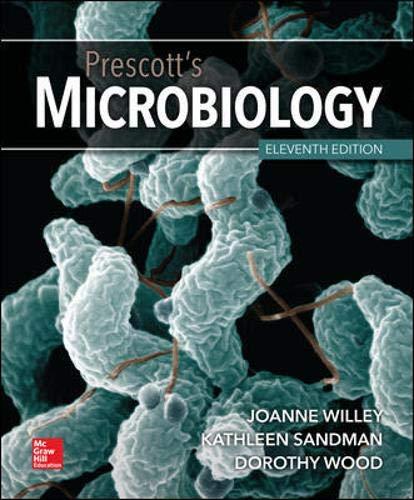
To describe: The HIV virus and its effect on the immune system.
Introduction: Viruses can spread through various agents such as air, water, direct contact, and many more. HIV (Human immunodeficiency virus) is a virus, which spreads through direct contact. HIV causes acquired immuno deficiency syndrome (AIDS), which makes a person immunocompromised thus exposing it to multiple infections.
To explain: The pathological changes which can be observed due to HIV infection.
Introduction: Viruses can spread through various agents such as air, water, direct contact and many more. HIV is a virus which spreads through direct contact. Human immunodeficiency virus causes acquired immuno deficiency syndrome which makes a person immunocompromised thus exposing it to multiple infections. Acquired Immuno Deficiency Syndrome abbreviated as AIDS is caused by HIV virus. This virus affects T cells responsible for acquired immunity. This disease makes a person immuno compromised and can prove to be fatal. Modern medicines can help in controlling this disease and provide a better life expectancy.
Want to see the full answer?
Check out a sample textbook solution
Chapter 38 Solutions
Prescott's Microbiology
- What is the difference between HIV and AIDS? Include some symptoms associated with each.arrow_forwardDescribe how HIV attacks and defeats the immune system.arrow_forwardDescribe a type of autoimmune disease. There are many of them. What is an autoimmune disease? Who is susceptible? What is the suggested cause? What is the prognosis for someone with the autoimmune disease that you chose. How is the disease treated?arrow_forward
- Explain how HIV affects the immune system and creates vulnerabilityto certain pathogens and other conditions.arrow_forwardExplain why it would be important for a person living with AIDS or for someone who has recently received radiation therapy to avoid people with a cough or cold?arrow_forwardExplain the roles of interferons and of NK cells in fighting viruses.arrow_forward
- with HIV, explain the mechanism of intracellular infection and the role of reverse transcriptase. What would you explain about the process? What is the significance of the CD4+ count? ( Discuss the meaning of various ranges of CD4 counts.) List 5 opportunistic infections AND describe data to suggest whether or not a patient has such an infection.arrow_forwardExplain the following statement: "Both bacteria and viruses can use similar mechanisms to evade the immune response."arrow_forward
 Human Biology (MindTap Course List)BiologyISBN:9781305112100Author:Cecie Starr, Beverly McMillanPublisher:Cengage Learning
Human Biology (MindTap Course List)BiologyISBN:9781305112100Author:Cecie Starr, Beverly McMillanPublisher:Cengage Learning


